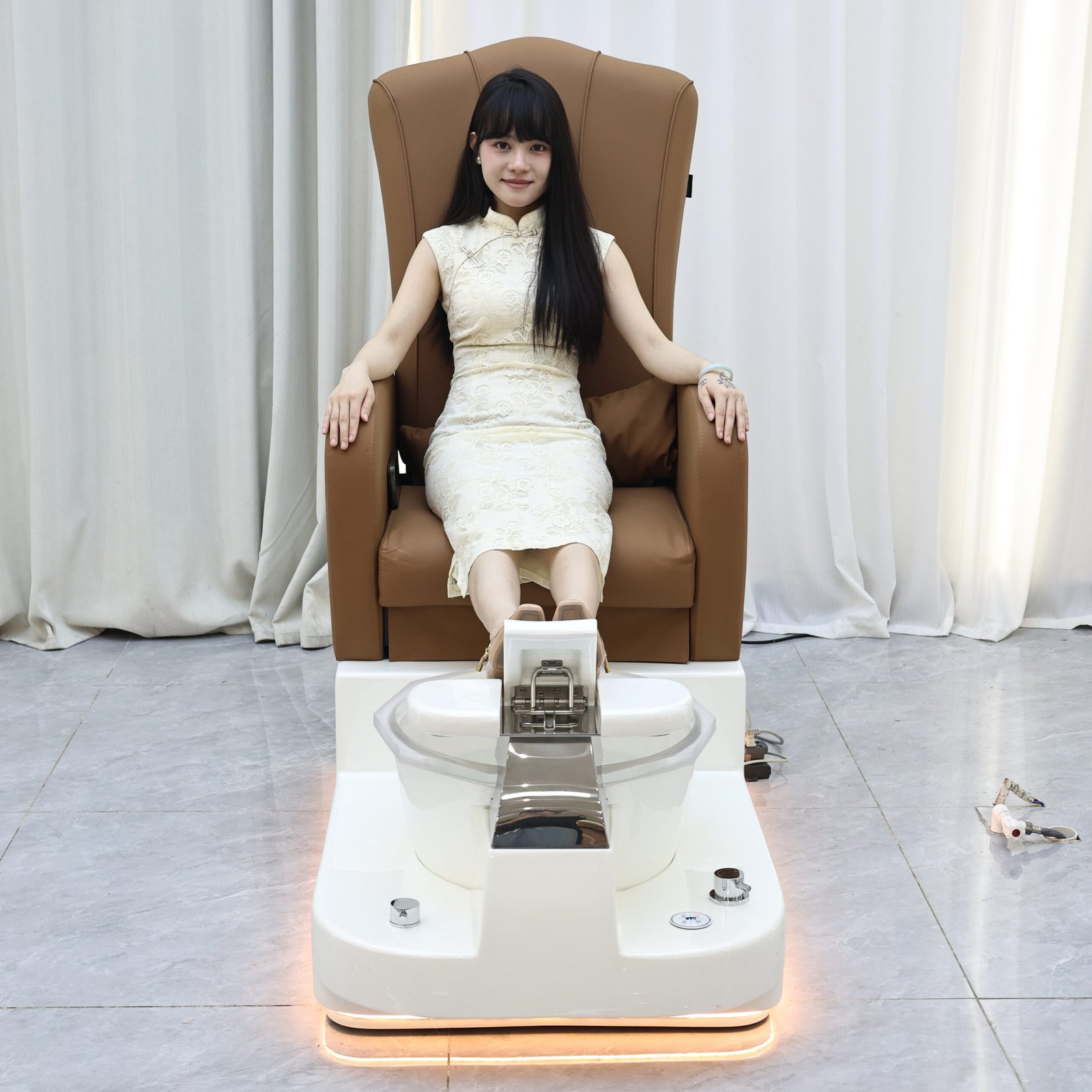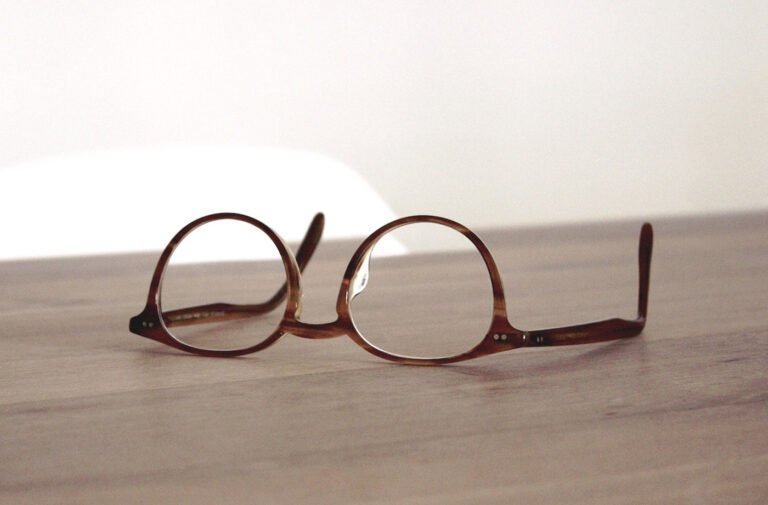Foot bath, also known as foot washing or foot soaking, is a popular culture in the Chinese community from ancient times to the present. It uses the temperature and resistance of water and the combination of medicinal materials to stimulate the acupuncture points and reflex areas of the feet, promote blood circulation, and relax the muscles and bones of the lower limbs. It also has the effects of increasing metabolism, improving internal organ function and balancing endocrine.
What are the benefits of foot bath?
Experts point out that “natural relaxing herbal foot bath” can mainly bring the following four benefits to the body:
Benefit 1 of foot bath: Help you fall asleep peacefully
It can promote blood circulation, connect the heart and kidney, harmonize yin and yang, and help you sleep.
Benefit 2 of foot bath: Remove cold and make the body warm
Taking appropriate Chinese medicine during foot bath can also remove cold.
Benefit 3 of foot bath: Promote metabolism and increase vitality
It can promote blood circulation, regulate, restore and improve the body’s metabolic function.
Benefit 4 of foot bath: It helps to lose weight and regulate the skin, a must for girls
The warming effect of foot bath is similar to the theory of Japanese warming technique, which helps to open the sweat glands all over the body, sweat and detoxify, helps to lose weight, and helps the skin restore its normal physiological functions.

How long can I soak in a foot bath? Is there any temperature limit?
Although foot bathing can improve physical health, it can speed up blood circulation and heart rate. If the foot bathing time is too long, it can easily cause heart burden. Therefore, the appropriate foot bathing time is related to the water temperature. If the water temperature is maintained at 40-42℃, it is generally enough to soak for ten to fifteen minutes. If the water temperature is maintained at 38-39℃, it can be soaked for twenty to thirty minutes. In principle, you can stop when the back and forehead are slightly sweaty. This can produce the effect of foot bathing without making the body feel uncomfortable.
The water level during foot bathing should be higher than the ankles. If the bucket is high enough, you can soak up to the knees. If the bucket is not high enough, you can use a towel dipped in hot water to cover the knees and calves. The calf is known as the “second heart of the human body” because the foot is the farthest part of the human body from the heart. The calf muscles contribute greatly to blood return, so it is very helpful to relax the muscles and assist blood circulation through foot bath.
High-water foot bath is suitable for rheumatism, numbness, peripheral neuritis, calf gastrocnemius strain, spasm, vascular obstructive vasculitis, skin diseases of the lower limbs, etc.
How to choose a foot bath container?
It is recommended to use a wooden barrel, ceramic barrel or foot bath machine (foot soaking machine). The following introduces the advantages and disadvantages of each equipment. Be careful not to use metal basins, because metal basins will react with the tannic acid in traditional Chinese medicine to produce harmful substances such as tannic acid iron.
Ceramic barrel: Ceramic barrel is a good choice for foot bath
Advantages: It will not react chemically with the medicine, and there is no concern about plasticizers.
Disadvantages: It is easy to break.
Wooden barrel: A straight wooden barrel, generally made of spruce, cedar, oak, cypress, etc.
Advantages: It is affordable and not easy to react with the tannic acid in traditional Chinese medicine.
Disadvantages: The heat preservation effect is poor, resulting in the need to add hot water two to three times during foot bath.
Foot bath machine: Foot bath machines are also sold on the market.
Advantages: multi-functions such as heat preservation, vibration massage, built-in medicine box, etc. Disadvantages: relatively expensive.
When is the best time to take a foot bath?
It is recommended to do it 1 to 2 hours before going to bed, which can soothe the foot muscles and relax the nerves, and can effectively help you sleep.
If you are prone to insomnia, you may feel better after soaking your feet. It is recommended to move the soaking time to 2 hours before going to bed.
If you have more time, you can also do a foot bath according to the time of the meridian circulation to enhance the maintenance effect of the specific internal organs. In the theory of traditional Chinese medicine, each of the five internal organs has its own circulation time. For example: If you want to improve your spleen and stomach condition, you can choose to do it between 7 and 11 in the morning. In addition, the time for the gallbladder, liver, and lungs is the time when the general public goes to bed.
Note: It is not advisable to take a foot bath within one hour after a meal or when you are fasting, because when you have just eaten, most of the blood will be concentrated in the digestive system to assist in the digestion of food. If you take a foot bath, the blood will be directed to the lower part, which may cause indigestion. When you are fasting, the blood sugar in the human body is lower, so taking a foot bath is more likely to cause dizziness.
What should I pay attention to when taking a foot bath?
It is not advisable to take a foot bath within one hour after a meal or when you are fasting, because when you have just eaten, most of the blood will be concentrated in the digestive system to assist in the digestion of food. If we use foot bathing to guide the blood to the lower part, it may cause indigestion. It is recommended to postpone it until 2 hours after a meal. When you are fasting, the blood sugar in the human body is lower, and foot bathing is more likely to cause dizziness.
You will usually sweat during a foot bath, so you should drink more water before and after the foot bath. It is best not to soak your feet in a foot bath bucket with a foot bath bag for more than half an hour, and the water temperature should be maintained at about 42℃, so that the body sweats slightly. Excessive sweating will consume qi and damage body fluids, and damage the essence. There are many home foot baths on the market that have a constant temperature function to maintain the water temperature. Pregnant women, patients with heart disease, diabetes and bleeding disorders should use foot baths with caution, and those with inflammation, skin disease, trauma or skin burns on the feet should avoid soaking in foot baths.
Here are a few points to note:
Elderly people should pay attention to
If you are weak or have cardiovascular diseases such as high blood pressure and vascular sclerosis, you should control the temperature within 15 minutes and below 40℃ to avoid physical discomfort caused by rapid blood flow and too long time.
Pay attention after sweating
Wipe off the sweat, do not blow the wind, and keep warm appropriately to avoid colds and allergies caused by wind evil invasion.
Pay attention after soaking your feet
Remember to wipe dry and apply moisturizing lotion to prevent dryness, chapped skin, and itching.












 Salon hairdressing equipment shampoo electric massage bed head spa bed physiotherapy spa equipment customizable with water circulation configuration
Salon hairdressing equipment shampoo electric massage bed head spa bed physiotherapy spa equipment customizable with water circulation configuration  Multi-motor controlled adjustable smart beauty bed fashion design beauty center nursing bed salon furniture massage bed physiotherapy spa equipment
Multi-motor controlled adjustable smart beauty bed fashion design beauty center nursing bed salon furniture massage bed physiotherapy spa equipment
Great article, I learned a lot.
It is good to take a proper foot bath
I have experienced Chinese medicine foot bath in China and it felt really good!
I like to have a foot bath occasionally when I am on vacation. It helps me relax and relieve stress.
Excellent, after reading this article, I plan to have a foot bath tomorrow night